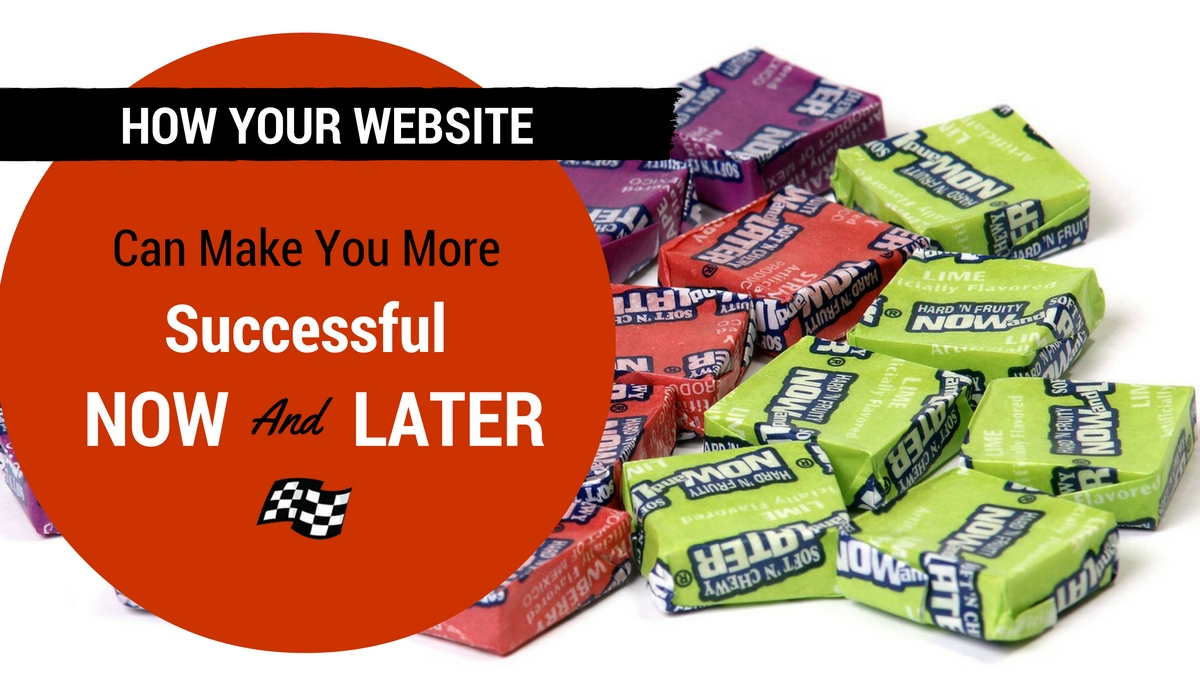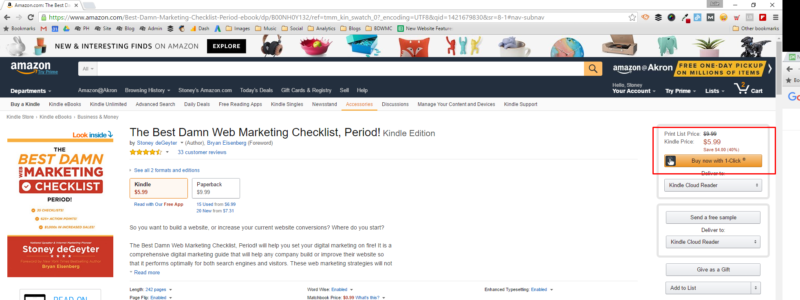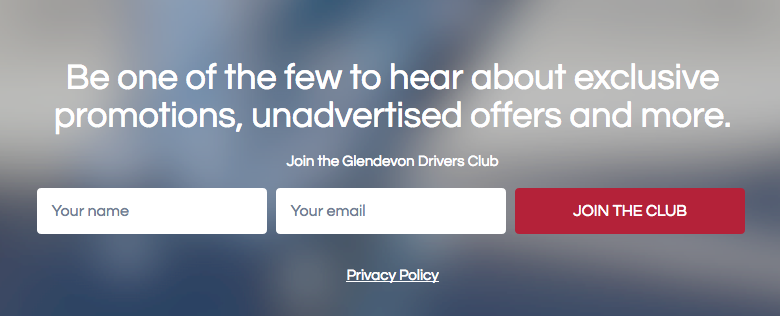
When the World Wide Web was first gearing up, companies wanted websites, but they weren’t sure why. Was a website like an ad in the Yellow Pages? Was it like a brochure or a business card? Was it an expense — or an investment?
I hope you understand that your website is an investment that should be paying off for your business 24/7. Yes, in most cases, your site should be making money for your business.
Fortunately, we’ve learned a lot about websites and user experience since the early days of the internet, and you can use that information to your benefit, making sure your site is functioning as the hub of your marketing plan.
So how does your website increase sales? There are two ways — direct and indirect.
Direct Business
Direct business is easy to understand. For instance, an online retailer is involved in direct sales and gets direct business. Products are displayed or listed on a website, and the user can select items and move them to a shopping cart, then checkout and pay.
There are many usability best practices to enhance user experience and help ensure that a visitor completes a transaction. Here are some of the most common ones:
- Make sure your “add to cart” button stands out. Don’t make the user guess what they need to do to select an item.
- Streamline your checkout process. The “1-Click Ordering” feature at Amazon.com is a case in point:

- Use a pop-up to remind shoppers that there are items in their cart if they’re leaving your site without completing an order.
Indirect Business
So what’s the next best thing to a paying customer? Yep, a good lead. No matter what your business, leads are valuable. A well-designed website will help you get leads, and lead generation is the first step toward paving the road for future business.
Everyone who visits your website is not ready to buy (or retain your services). Some are just checking out the marketplace. In that case, you want to do two things:
- Leave them with a good impression of your business.
- Make sure you get their email address so you can follow up.
There are some simple techniques you can employ to capture indirect business (i.e., tomorrow’s customers).
- Use compelling copy to build trust, showing how you meet your customer’s needs. Including testimonials with photos or video is a good idea.
- Offer a newsletter, discount coupon, ebook, or something else of value to entice visitors to leave their email with you.
- Use a lead capture device with a strong call to action (for entry of email or other contact information from visitors).

Use an email capture form in conjunction with a tantalizing offer to continue marketing to those who aren’t yet ready to convert. Source: http://www.glendevonmotors.com/
The Best of Both Worlds
For direct sales, you want your products displayed attractively and a streamlined shopping cart experience. For indirect sales, you want to inspire trust so visitors will leave their email addresses with you and be receptive to contact in the future, eventually leading to direct sales. By capturing both, you can set your website up for success now and far into the future.
Main image modified with permission by By Evan-Amos (Own work) [Public domain], via Wikimedia Commons
